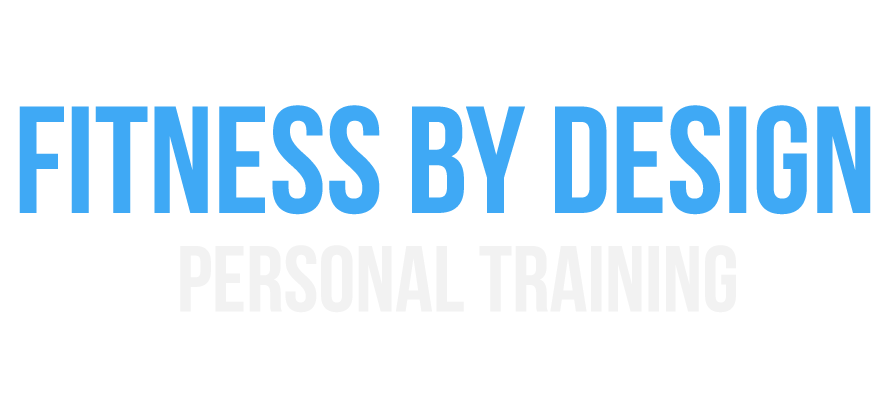You’ve likely heard that it is important to stretch. So, before a workout you stretch for what seems like a sufficient amount of time by performing two or three random leg stretches for anywhere between 3 to 14.5 seconds and then start your workout.
Well, to ensure the maximum benefit of your stretching it might be worthwhile for me to share more on the “why” you need to stretch and strengthen appropriate muscles to keep yourself moving properly and in balance.
Here we go...
Stretching is for everyone. Why? Because repetitive movements create tight muscles. Whether you are a conditioned athlete, or an accountant, you need to stretch. When a conditioned athlete is bench pressing, he is tightening his chest muscles. When an accountant is typing on his/her computer all day, shoulders rolled forward, he/she is tightening their chest/trapezius muscles. Both of which can ultimately lead to upper cross syndrome.
You know that little old man or lady with a hunchback? They’re an example of someone with an extreme case of upper cross syndrome.
Why is upper cross syndrome harmful?
Upper cross syndrome can cause:
- Shoulder impingement
- Rotator cuff tears
- Inflammation of bursa (fluid filled sack that counters friction in the shoulder joint)
- Arthritis in the shoulder joint
So, if you’re already exercising, it can lead to shoulder injury. If you haven’t started exercising, once you realize you’re developing diseases due to obesity, or simply living a sedentary lifestyle, you may very well be stopped in your tracks by a shoulder issue.
You can avoid this through proper stretching.
What should you stretch?
Chest muscles: Place your elbow on a door frame, slightly above 90 degrees and externally rotate your shoulder (open chest). Hold for 30 seconds. Repeat with the opposite shoulder.
Trapezius muscle: Interlock your fingers behind your back, palm to palm. Now slightly tilt your head to one side and pull the arm opposite the side your head is tilted down. Hold for 30 seconds. Repeat in the opposite direction.
What should you strengthen?
Rhomboids (the muscles between shoulder blades)
Low/mid trapezius (the muscles that lower the shoulder blades)
Rear delts (the muscles on the back of your shoulders)
Now, back to the conditioned athlete and the accountant. Shoulders aren’t the only thing to worry about. Lifting improperly will usually lead to tight hips and quads, as will sitting at a desk all day with your hip flexors in a shortened position. Both can lead to lower cross syndrome.
Have you seen someone walking around with their butt out and lower back arched? That’s an extreme case of lower cross syndrome.
Why is lower cross syndrome harmful?
Lower cross syndrome can cause
Lower back problems
Excessive quad use, and resulting knee pain
Arthritis of the knees and hips
As stated in the section on upper cross syndrome, if you are a conditioned athlete working hard and not stretching it can cause you to strain your back, knees or hips. If you’re an accountant sitting at your desk all day, when you finally decide to workout you may feel lower back, or knee pain.
So what should you stretch?
Hip flexors: Place one knee on the ground and keep the other at a 90 degree angle. Now flex the glute (your butt) on the same side as the knee that is down. Also make sure your core is tight and you’re not arching your back. Hold for 30 seconds. Repeat with the opposite leg.
Quads: While standing, bend at the knee and grab your leg behind you. Try flexing your hamstring and glute on the leg you’re stretching while keeping your core tight. Hold for 30 seconds. Repeat with the opposite leg.
What should you strengthen?
Glutes
Core (Torso/abdominal muscles)
Posterior chain (the muscles on the backside of your body, neck to heal, responsible for proper stability and hip extension during a bend in lift)
Now that you know some specific reasons to stretch, go ahead and give these exercises a try!
And, if you’d like to learn exercises for strengthening the opposing muscles listed, come on in for a free / complimentary workout and I will show you the right ones for you! :)
And that’s, fitness by design
